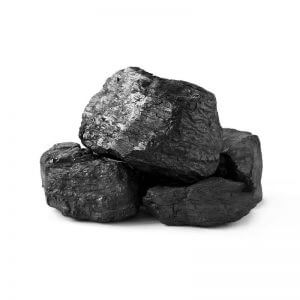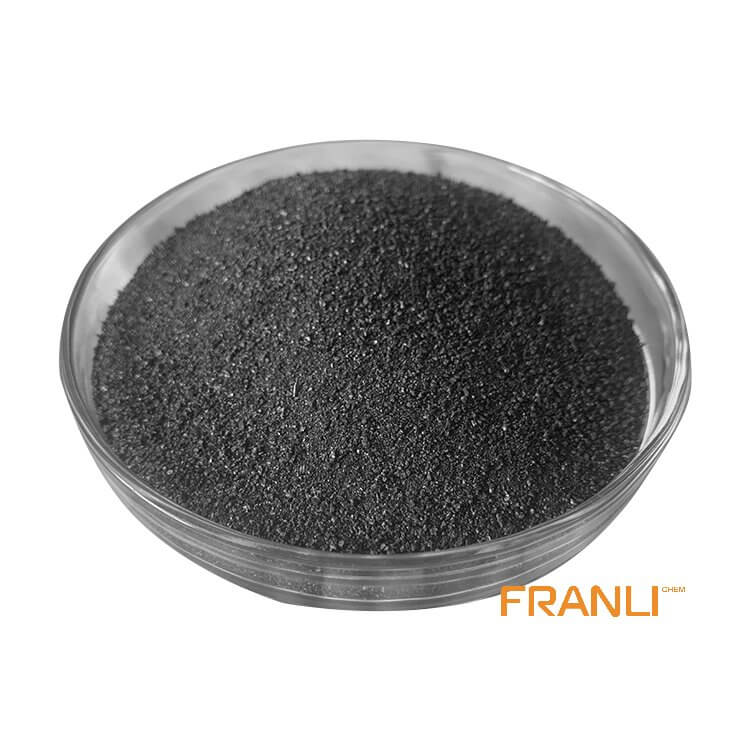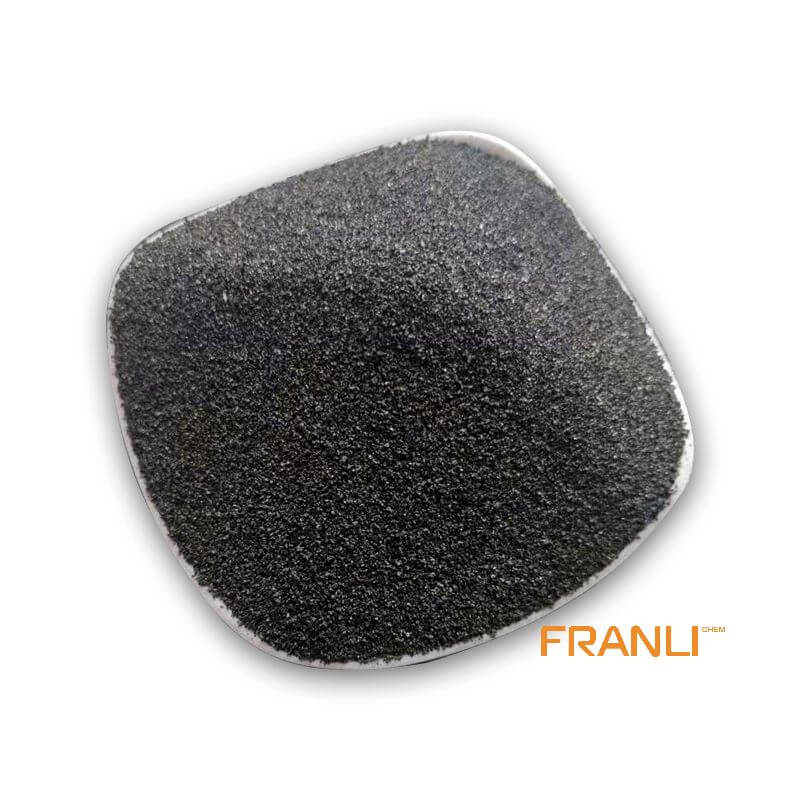


Petroleum Coke
Size
According to your requirements
Package
25 kg small bags into ton bags or ton bags
Features
Low ash content and low boiler ash discharge, etc.
Application
Depending on its quality, petroleum coke can be used in industries such as graphite, smelting and chemical industry, etc
Petroleum coke, as a byproduct of petroleum, is produced in the process of petroleum processing, that is, the crude oil is distilled to separate light and heavy oil, and the heavy oil is converted into petroleum coke by hot cracking. If petroleum coke can be obtained directly from petroleum processing, then the petroleum coke is raw coke or ordinary coke. Petroleum coke has irregular shape, dark gray or black, porous structure and metallic luster.
Request a quotePetroleum coke is a by-product of petroleum refining. The Franli plant is also engaged in the value-added processing of petroleum coke, which is obtained through the coking process using heavy oil after crude oil distillation as the raw material. However, in recent years, sea freight rates have shown a steady upward trend. With the continuous increase in transportation costs, Franli’s petcoke prices will also have an impact.

At present, petroleum is mainly obtained through delayed coking process, which mainly includes four processes: heating, cracking condensation, fractional distillation and coking. Petroleum coke is mainly used to make electrodes, and downstream terminals mainly include electrolytic aluminum, new energy vehicles and steel. The carbon content in petroleum coke is relatively high, and naturally it is often used in the production of graphite, electrodes, etc., and has become a new hot spot in the research and development of the activated carbon industry at home and abroad.
The distinction between the application fields of petroleum coke
The downstream application of petroleum coke is basically distinguished by the level of sulfur content.
(1) The main application fields of low-sulfur coke are ordinary power graphite electrodes; low-end lithium battery anodes, terminals for new energy vehicles and energy storage, lithium battery anodes and graphite electrodes can only use low-sulfur coke; high-end prepared anodes; other carbon products .
(2) Medium-sulfur coke is mainly used to manufacture domestic common prepared anodes, mainly because there is no requirement for sulfur content in the domestic prebaked anode standard, and the price of medium-sulfur coke is cheap. If the content is too high, the SO 2 emission is high in the production process of electrolytic aluminum enterprises, and the pollution is easy to exceed the standard. In addition, SO 2 will erode the equipment and improve the anode resistivity. High-sulfur coke is rarely used in domestic prebaked anodes.
(3) High-sulfur coke is mainly used as fuel and reducing agent. The downstream of fuel includes glass factory, power plant, cement factory, etc. The reducing agent is mainly used for smelting silicon, such as calcium carbide and silicon carbide.

Changes in the price of petroleum coke
(1) Energy saving and environmental protection factors: The domestic crude petroleum coke has a low sulfur content and is suitable for the production of low-sulfur coke. However, due to the impact of domestic energy conservation and consumption reduction, the output of low-sulfur coke is declining year by year, while overseas crude oil has high sulfur content, and petroleum coke products Mainly medium and high sulfur. Secondly, the rise of new energy vehicles, the rapid development of my country’s new energy vehicle market, the gradual squeeze out of oil consumption, the decline in capital expenditure of traditional oil companies, and the decline in oil production growth may constrain the supply of petroleum coke, and the price of global export trade affected on.
(2) Impact of the global epidemic: Petroleum coke is a key raw material necessary for electrolytic aluminum, silicon metal, steel smelting and other industries. However, the industry was affected by the epidemic, and the output of domestic petroleum coke decreased, the effective capacity of the device decreased, and both the import and export volume were equal. has fallen. The global demand for petroleum coke is greater than the supply, resulting in a substantial increase in the price of petroleum coke.
(3) Demand for graphite electrodes: the proportion of ordinary power graphite electrodes will decrease in the future, and electric furnaces will be replaced. Graphite electrodes include ultra-high power, high power and ordinary power. Low-sulfur coke is mainly used to produce ordinary power graphite electrodes. The demand for graphite electrodes has increased, the proportion of ordinary power graphite electrodes has decreased, and graphite electrodes are stock consumption, and the demand for low-sulfur cokes for graphite electrodes will continue to grow.
The petroleum coke market is still full of uncertainties, and the supply and demand pattern of petroleum coke still faces more challenges.From the perspective of production capacity structure, in the short term, due to the slow launch of residual oil hydrogenation capacity, delayed coking unit launch is still the main direction. Long-term petroleum coke supply will also be restricted by environmental protection, policies and other factors, and new technologies and more environmentally friendly alternatives will continue to emerge.The environmental protection policy has gradually become normalized, and there is no limit to the production to achieve ultra-low emissions. With the improvement of the company’s own environmental protection devices, the influence of environmental protection policies on the market will be weakened, and the influence of market supply and demand and the purchase price of raw materials will increase.
On the whole, as the impact of the domestic epidemic stabilizes and domestic and foreign demand slowly recovers, the price of petcoke at the Franli plant will also be affected. In the long run, the upside of petcoke will be limited, and we will provide the best price. Petroleum coke. In the future, the centralized transfer of production capacity will inevitably affect the pattern and development of the future electrode market and graphite market.



